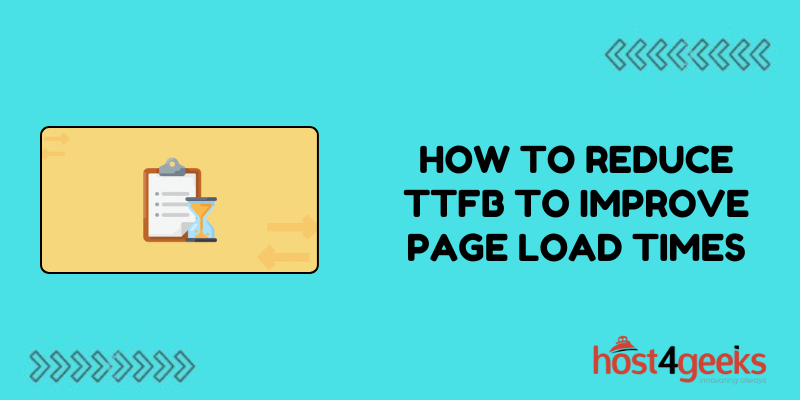In the fast-paced world of online browsing, every millisecond counts. One critical factor in delivering a lightning-fast web experience is Time To First Byte (TTFB).
TTFB measures the time taken by a browser to receive the first byte of data from a web server after sending an HTTP request. It directly impacts page load times and user experience.
In this guide, we’ll delve into the significance of how to reduce TTFB to improve page load times, elucidate its importance for both beginners and experts, and provide a step-by-step process to optimize it.
Significance of Reducing TTFB:
For Beginners:
For those new to website optimization, understanding TTFB is crucial. A high TTFB indicates slow server response times, leading to longer wait times for users. This can result in higher bounce rates, lower conversions, and diminished user satisfaction.
By reducing TTFB, beginners can significantly enhance their website’s performance without delving into complex technicalities.
For Experts:
Seasoned web developers and performance engineers recognize TTFB as a key metric for assessing server performance. A low TTFB not only accelerates page load times but also enhances SEO rankings, as search engines prioritize fast-loading websites.
Experts understand that optimizing TTFB involves various factors, including server configuration, caching mechanisms, and content delivery networks (CDNs).
Step-by-Step Guide to Reduce TTFB:
1. Optimize Server Response Times:
Pros:
- Directly addresses the root cause of high TTFB.
Cons:
- Requires server-side modifications, which may be complex for novices.
Beginner’s Approach:
- Upgrade to a faster web hosting provider or optimize server settings like database queries and server-side scripting.
Expert’s Approach:
- Utilize advanced server monitoring tools to identify bottlenecks and fine-tune server configurations for optimal performance.
2. Implement Caching Mechanisms:
Pros:
- Significantly reduces TTFB by serving cached content instead of dynamically generating it with each request.
Cons:
- May result in serving stale content if not configured properly.
Beginner’s Approach:
- Enable browser caching and utilize plugins or modules for server-side caching (e.g., WordPress caching plugins).
Expert’s Approach:
- Implement advanced caching strategies such as full-page caching, object caching, and opcode caching to minimize server load and TTFB.
3. Utilize Content Delivery Networks (CDNs):
Pros:
- Distributes website content across multiple servers worldwide, reducing latency and TTFB for users globally.
Cons:
- Adds additional cost for premium CDN services and requires configuration adjustments.
Beginner’s Approach:
- Sign up for a CDN service provider like Cloudflare or Amazon CloudFront and follow their setup instructions.
Expert’s Approach:
- Fine-tune CDN settings, utilize edge caching, and leverage features like HTTP/2 and TLS optimization for maximum performance gains.
4. Optimize Website Assets:
Pros:
- Reduces file sizes and minimizes the number of HTTP requests, leading to faster TTFB and page load times.
Cons:
- Requires ongoing maintenance to ensure compatibility and optimal performance.
Beginner’s Approach:
- Use compression techniques like GZIP for text-based assets and optimize images using tools like ImageOptim or Adobe Photoshop.
Expert’s Approach:
- Employ resource minification, lazy loading, and asset bundling techniques to streamline website assets and reduce TTFB further.
5. Monitor and Fine-Tune:
Pros:
- Allows continuous optimization based on real-time performance data.
Cons:
- Requires time and effort for monitoring and analysis.
Beginner’s Approach:
- Utilize free website performance monitoring tools like Google PageSpeed Insights or GTmetrix to identify areas for improvement.
Expert’s Approach:
- Implement comprehensive monitoring solutions like New Relic or Datadog to gain deeper insights into server performance, database queries, and network latency, enabling proactive optimization.

Conclusion:
Reducing TTFB is essential for delivering a fast and seamless web experience to users.
Whether you’re a novice or an expert, optimizing TTFB involves a combination of server-side optimizations, caching mechanisms, CDN integration, asset optimization, and continuous monitoring.
By following the step-by-step process outlined in this guide on how to reduce TTFB to improve page load times, website owners can significantly improve their page load times, enhance user satisfaction, and boost their online presence.
Remember, every millisecond saved counts towards creating a more efficient and enjoyable browsing experience.
